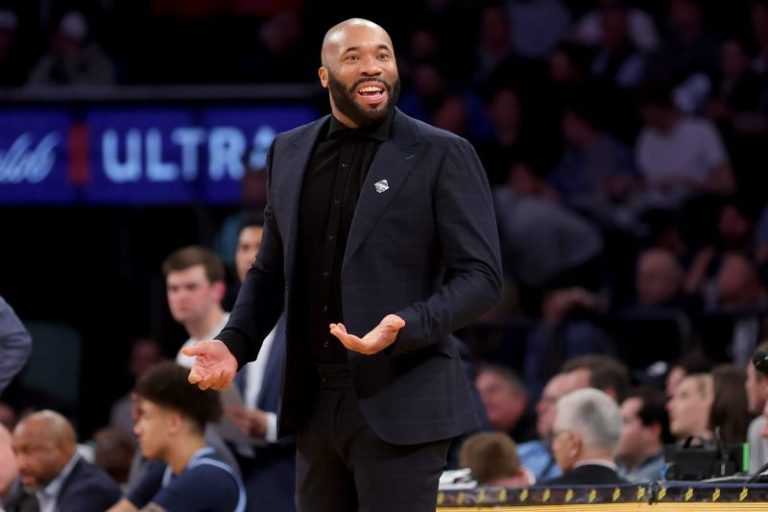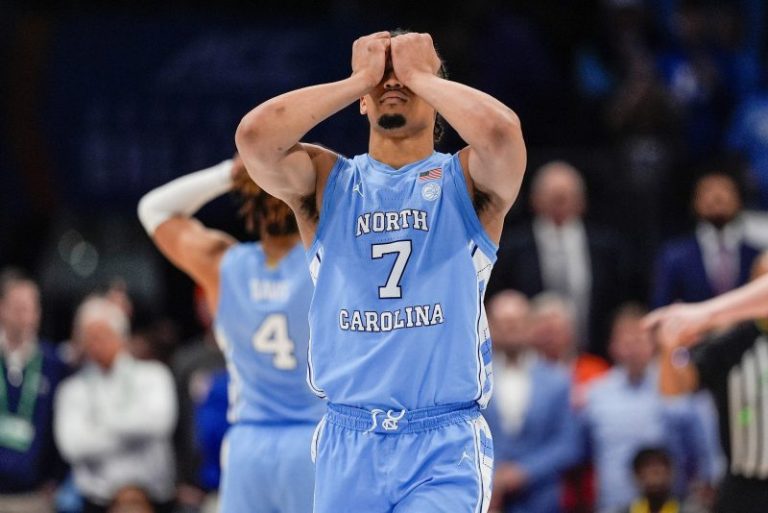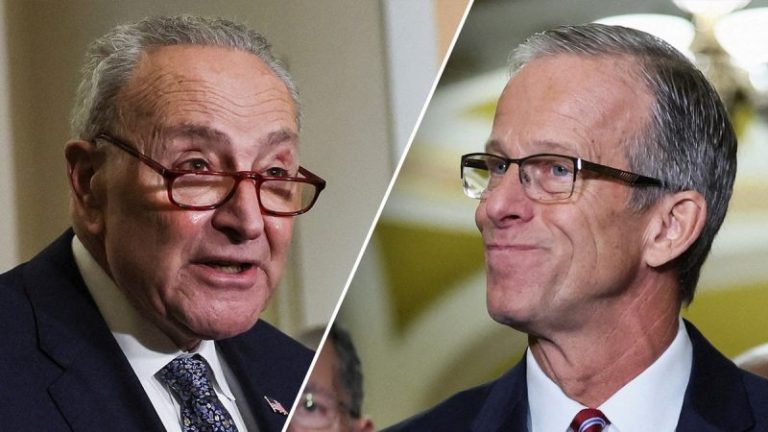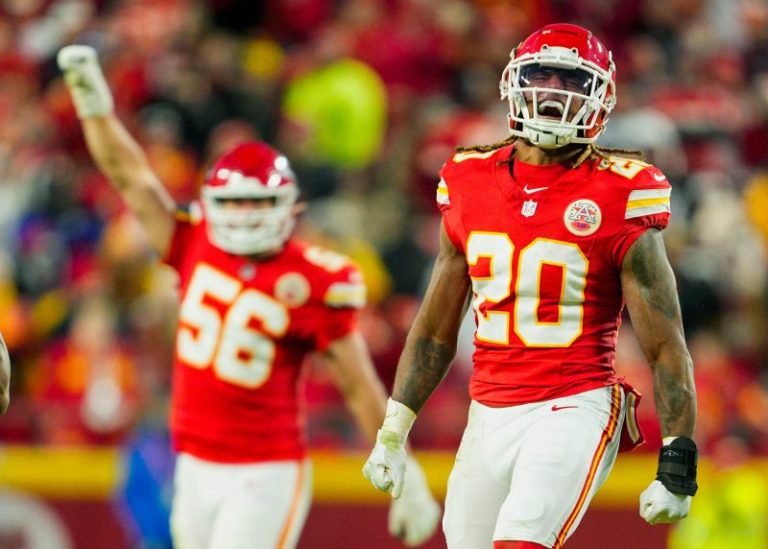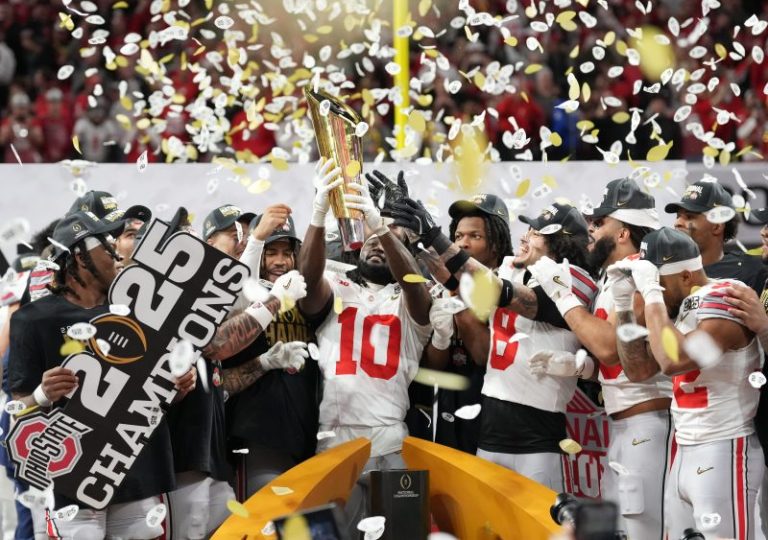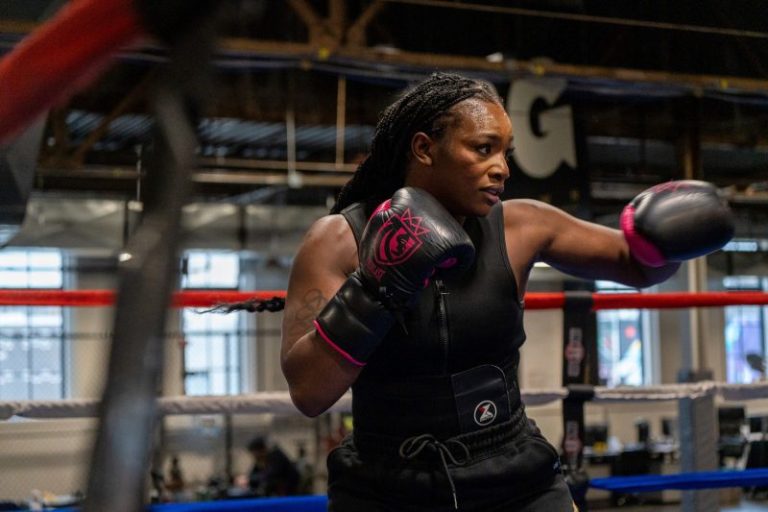NFL teams scooped the top defensive talents off the board early during the league’s ‘legal tampering’ period. The offensive market has moved a bit slower, especially at quarterback and receiver, but many of the league’s best offensive linemen have found new homes for the 2025 season and beyond.
Among USA TODAY’s top 25 free agents of the 2025 offseason, 19 have already signed free agent contracts. Below are the grades for those signings based on the value of each player’s deal and their fit with their club.
NFL free agent signing grades
Jevon Holland, S, New York Giants
Contract: Three years, $45 million ($30.3 million guaranteed)
Grade: B+
Holland turned 25 on the eve of free agency and is an instinctive safety who has 301 tackles in 60 career games (57 starts). It’s worth wondering why the Giants were comfortable giving Holland $15 million in average annual value (AAV) after letting Xavier McKinney walk with a $16.75 million price tag last season, but there’s little doubt that Holland will be a strong long-term partner for Tyler Nubin.
Chris Godwin, WR, Tampa Bay Buccaneers
Contract: Three years, $66 million ($44 million guaranteed)
Grade: A
Godwin reportedly received a contract offer worth $20 million more than what the Buccaneers paid him from the Patriots. He decided to stay in Tampa Bay, which should aid the team in its quest to make the playoffs for a sixth consecutive season.
Godwin was one of the NFL’s most productive receivers last season before suffering an ankle dislocation in Week 7. The 29-year-old will continue to complement Mike Evans and serve as Baker Mayfield’s No. 1 target.
D.J. Reed, CB, Detroit Lions
Contract: Three years, $48 million ($32 million guaranteed)
Grade: A-
The Lions lost Carlton Davis in free agency but may have landed an upgrade in Reed, who hasn’t allowed a passer rating greater than 91.7 in a season since the 2019 campaign. Having both Reed and Amik Robertson in the same cornerback room could be challenging since both are on the smaller side at 5-9, but Reed’s veteran presence will be welcome as the Lions look to develop Terrion Arnold.
Khalil Mack, EDGE, Los Angeles Chargers
Contract: One year, $18 million (fully guaranteed)
Grade: B+
Mack has appeared in 50 of 51 possible games during his three seasons with the Chargers and logged 31 total sacks across them. He had just six sacks in 2024, tied for his second-lowest single-season total, but still ranked 26th league-wide in pressures with 49.
Mack is entering his age-34 season, so getting him on a one-year deal was a risk-free move for the Chargers. He can play a key role as the team’s top pass rusher after it moved on from Joey Bosa during the offseason.
Sam Darnold, QB, Seattle Seahawks
Contract: Three years, $100.5 million ($50 million guaranteed)
Grade: C-
Swapping Geno Smith for Sam Darnold makes the Seahawks younger, but will it make them better? Proponents of Darnold will say his familiarity with Seattle’s new offensive coordinator Klint Kubiak will allow him to smoothly transition into the Seahawks offense.
Detractors will point out that Darnold had the third-longest time to throw in the NFL last season. Only the hyper-mobile combination of Lamar Jackson and Jalen Hurts took more time than him. That could be a recipe for disaster behind Seattle’s shaky offensive line.
Perhaps the Seahawks will upgrade their blocking or Darnold will quicken his release. Nonetheless, this feels like a boom-or-bust signing for the Seahawks; it’s a coin flip to see which way it goes.
Josh Sweat, EDGE, Arizona Cardinals
Contract: Four years, $76.4 million ($41 million guaranteed)
Grade: A-
Sweat led the Eagles with eight sacks last season and notched 2.5 sacks in the team’s Super Bowl 59 win against the Chiefs. The Cardinals have needed a top-tier edge rusher since Chandler Jones left the team following the 2021 NFL season and Sweat has previous experience with head coach Jonathan Gannon from their time together with the Eagles.
Haason Reddick, EDGE, Tampa Bay Buccaneers
Contract: One year, $14 million
Grade: B+
Reddick had a difficult 2024 season, notching just one sack for the Jets after missing the first seven games of the season while holding out for a new contract. As a result, he had to settle for a one-year deal. The Buccaneers needed a high-end pass rusher and they aren’t risking much long-term to see if Reddick – who had at least 11 sacks in four consecutive seasons from 2020 to 2023 – can regain his form.
Justin Reid, S, New Orleans Saints
Contract: Three years, $31.5 million ($22.25 million guaranteed)
Grade: A
Four safeties got more than $15 million in AAV on the open market. Reid got just $10.5 million, making him a solid bargain. The 28-year-old averaged 88 tackles, 1.3 sacks and one interception across his three seasons with the Chiefs and will give the Saints a hard-hitting safety who holds up well enough in coverage. He can also kick in a pinch, so the Saints did well with this deal.
Milton Williams, DT, New England Patriots
Contract: Four years, $104 million ($63 million guaranteed)
Grade: B
The Patriots paid a slight premium to beat the Panthers in the Williams sweepstakes. It could be worth it, as Williams ranked 19th among interior defensive linemen in pressures last season (40) despite playing just 47.85% of the Eagles’ snaps. Mike Vrabel should get the most out of Williams’ pass-rushing talents, so even at an a higher-than-expected price, Williams is a strong signing.
Talanoa Hufanga, S, Denver Broncos
Contract: Three years, $45 million ($20 million guaranteed)
Grade: A-
Hufanga got the same basic terms as Holland. The difference? Hufanga got $10.3 million less in guarantees because he has struggled with injuries the last two seasons. Still, this was a strong signing by the Broncos, as Hufanga has seven interceptions over the last three years and was an All-Pro first teamer in 2022. If he can stay healthy, he should outplay this contract.
Charvarius Ward, CB, Indianapolis Colts
Contract: Three years, $60 million ($35 million guaranteed)
Grade: B+
Ward is coming off a trying 2024 season during which he was mourning the death of his 1-year-old daughter. Before his down year, Ward was named a 2023 second-team All-Pro after allowing a 62.3 passer rating and logging five interceptions.
The Colts are banking on Ward bouncing back after a change of scenery. He is entering his age-29 season, so this is a rational deal for the Colts to make.
Byron Murphy, CB, Minnesota Vikings
Contract: Three years, $66 million
Grade: A
Murphy is a six-year NFL veteran but he is still just 27 years old. He had a career-high 81 tackles and six interceptions last season while earning a Pro Bowl nod for the first time in his career.
Murphy has two seasons of experience in Brian Flores’ defense and has comported himself well as a No. 1 cornerback. The Vikings know what they’re getting in re-upping with the veteran corner, so this seems like a great deal for all involved.
DeAndre Hopkins, WR, Baltimore Ravens
Contract: One year, $6 million
Grade: B
Hopkins will turn 33 before the 2025 NFL season and is likely past his prime. The Ravens aren’t risking much to find out if Hopkins has anything left in the tank, though it’s hard to imagine him improving significantly upon his 56 catches, 610 yards and five touchdowns from last season.
Joey Bosa, EDGE, Buffalo Bills
Contract: One year, $12.6 million ($12 million guaranteed)
Grade: B+
Bosa has struggled to stay healthy in recent seasons, but the Bills managed to ink him to a one-year deal after the Chargers released him. He profiles as a solid replacement for the soon-to-be 36-year-old Von Miller, who played just 25.27% of Buffalo’s snaps last season. Bosa, 30 in July, comes at a much cheaper cost than Miller so this was a solid swap for Buffalo.
Jonathan Allen, DT, Minnesota Vikings
Contract: Three years, $51 million
Grade: B-
Allen’s deal was initially reported to be worth $60 million, but it actually came in at $51 million. That’s a reasonable sum for the 30-year-old defensive tackle, who made back-to-back Pro Bowls in 2021 and 2022.
That said, Allen has seen his sack numbers decline in each season since 2021, so this deal isn’t without risk. Brian Flores should still be able to get the most out of the talented veteran, so this isn’t a bad deal.
Carlton Davis, CB, New England Patriots
Contract: Three years, $60 million ($34.5 million guaranteed)
Grade: B
Davis essentially got the same deal as Ward got in free agency. Davis had the better season in 2024, allowing just an 87.9 passer rating in 13 games with the Lions, but he has never played more than 14 games in a season because of injury. That makes him a slightly riskier signing than Ward, even if the 28-year-old is still a strong starting cornerback.
Drew Dalman, C, Chicago Bears
Contract: Three years, $42 million ($28 million guaranteed)
Grade: A-
Dalman was Pro Football Focus’ fourth-best center in 2024 and made 40 starts in 57 career games with the Falcons. The Bears had a big need at center so it’s hard to complain about the team making him the second-highest-paid center in the league behind only Creed Humphrey.
Dre Greenlaw, LB, Denver Broncos
Contract: Three years, $35 million
Grade: A
Greenlaw missed always all of the 2024 season while recovering from a torn Achilles he suffered in Super Bowl 58. Before that, he was a strong three-down starter for the 49ers and was one of the best run-stoppers in the league.
A couple of linebackers with less starting experience, Zack Baun and Jamien Sherwood, got considerably more in AAV than Greenlaw, at $17 million and $15 million respectively. Greenlaw turns just 28 in May, so he should be a bargain if he can return to form as he gets further removed from his injury.
Justin Fields, QB, New York Jets
Contract: Two years, $40 million ($30 million)
Grade: B
Fields got a rare middle-class quarterback contract worth $20 million in AAV. That ranks him 20th league-wide in AAV with Aaron Rodgers and Russell Wilson still yet to sign free agent contracts.
Fields hasn’t been a great passer during his career but completed a career-high 65.8% of his passes last season. Between that and his top-end running abilities, he’s a worthwhile gamble with the Jets.
This post appeared first on USA TODAY


